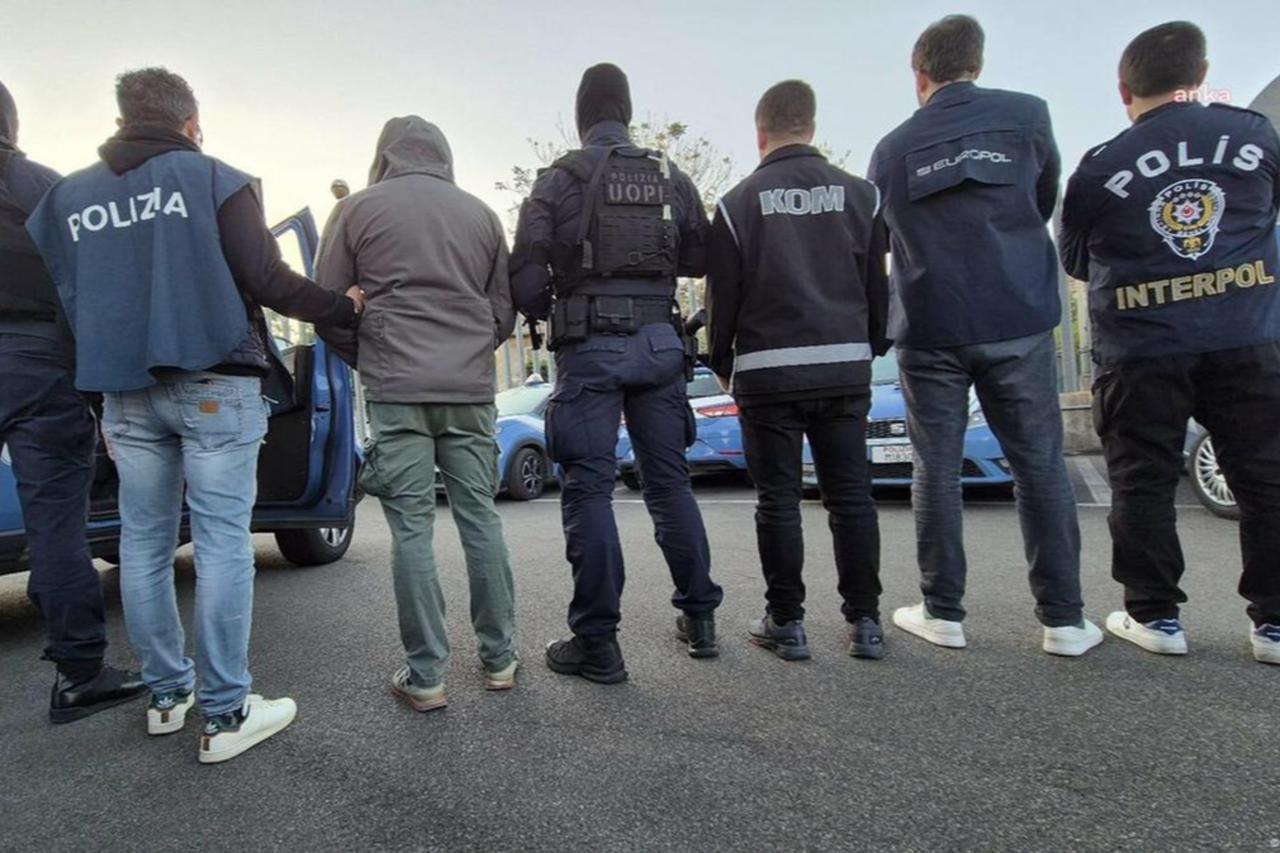
A wide-ranging interview by Canan Yildiz from T24 with journalist Sadik Gulec paints a stark picture of “new generation” gangs spreading across Istanbul’s low-income districts, where a street culture has taken root with its own music, social media rituals and loose “racon”—a term used locally for an underworld code of conduct.
Gulec notes that the number of 12–18-year-olds in prisons and detention centers rose from about 2,100 in 2022 to roughly 5,000 in 2025, and warns that Türkiye could “face a version of what Latin America has gone through.”
Gulec links today’s groups to earlier screen portrayals that mixed defiance with neighborhood pride. He says some crews from traditionally left-leaning areas present themselves as anti-drug in public, yet act differently in practice.
Local figures, including a neighborhood “muhtar” (an elected head), told him these leaders grew up around political organizing and carried those skills—and familiarity with weapons—into gang life.
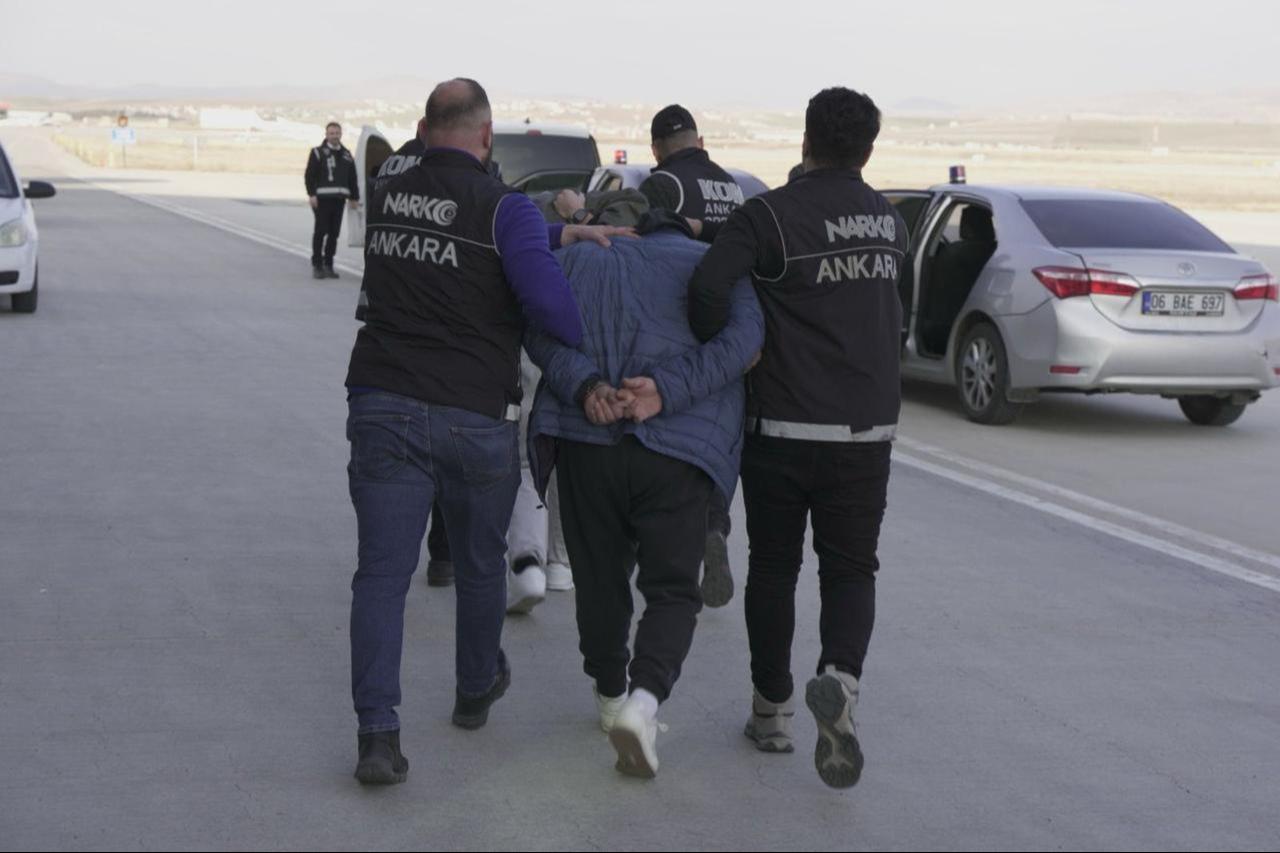
According to Gulec, the new actors do not follow the old “racon.” He cites a hospital emergency room in Bagcilar that was sprayed with bullets simply because a rival had been admitted there, leaving uninvolved people dead and injured.
He recalls a 12-year-old girl killed during indiscriminate firing in Gazi neighborhood, and points to an Adapazari school principal shot only for being related to a rival.
In a mass trial in Silivri tied to the Baris Boyun network, Gulec saw families who, he says, often come from deep poverty and hesitate to question money brought home by sons caught up in crime.
Former community mechanisms—he mentions the 1990s “committees” that used to step in when youths went off track—have broken down amid rapid urban growth, as in Esenyurt’s jump from about 100,000 residents in the 1990s to around 900,000 today.
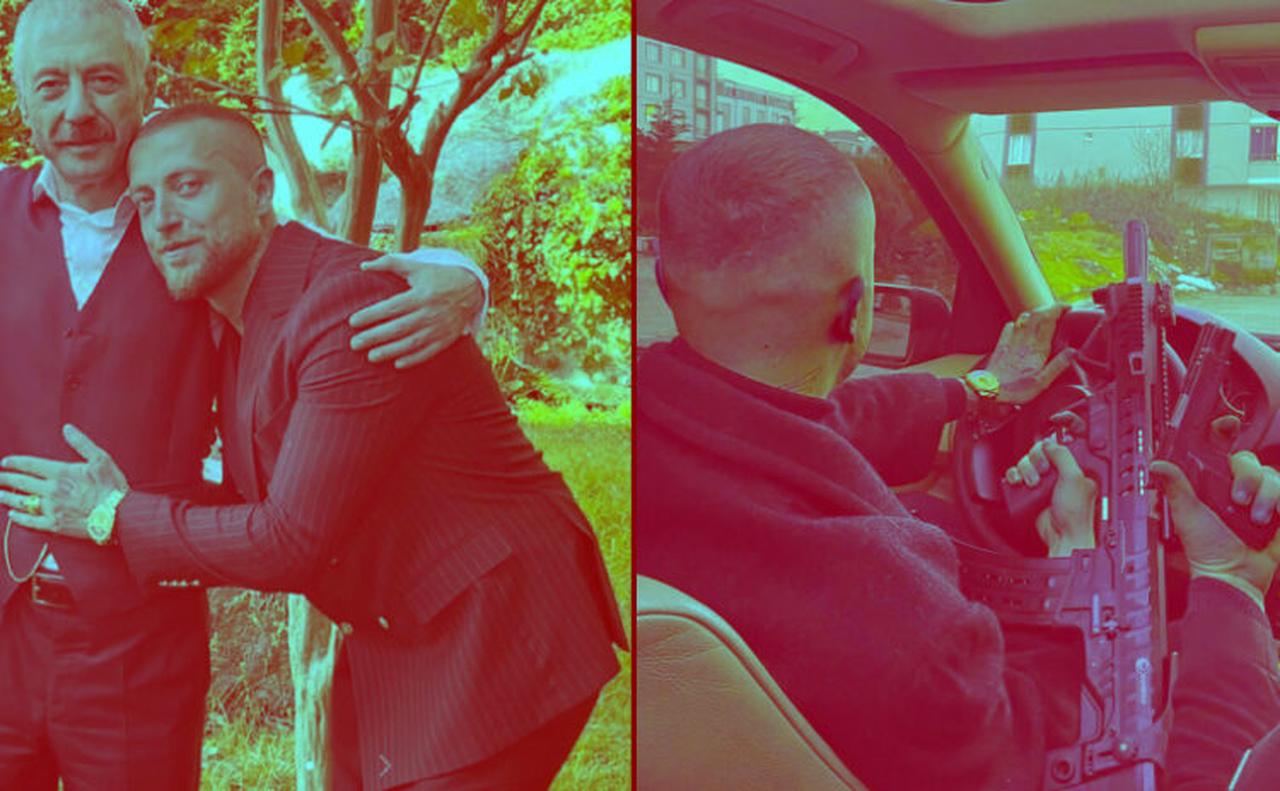
Crews mark territory with nighttime shows of force—masked youths in places like Gultepe and Yenibosna fire into the air and dedicate videos to figures such as “Can Dalton.”
Gulec says street-level earnings are washed through small local businesses, and alleges that the “safe” for the Baris Boyun network was found in Perpa, a major commercial complex on Istanbul’s European side.
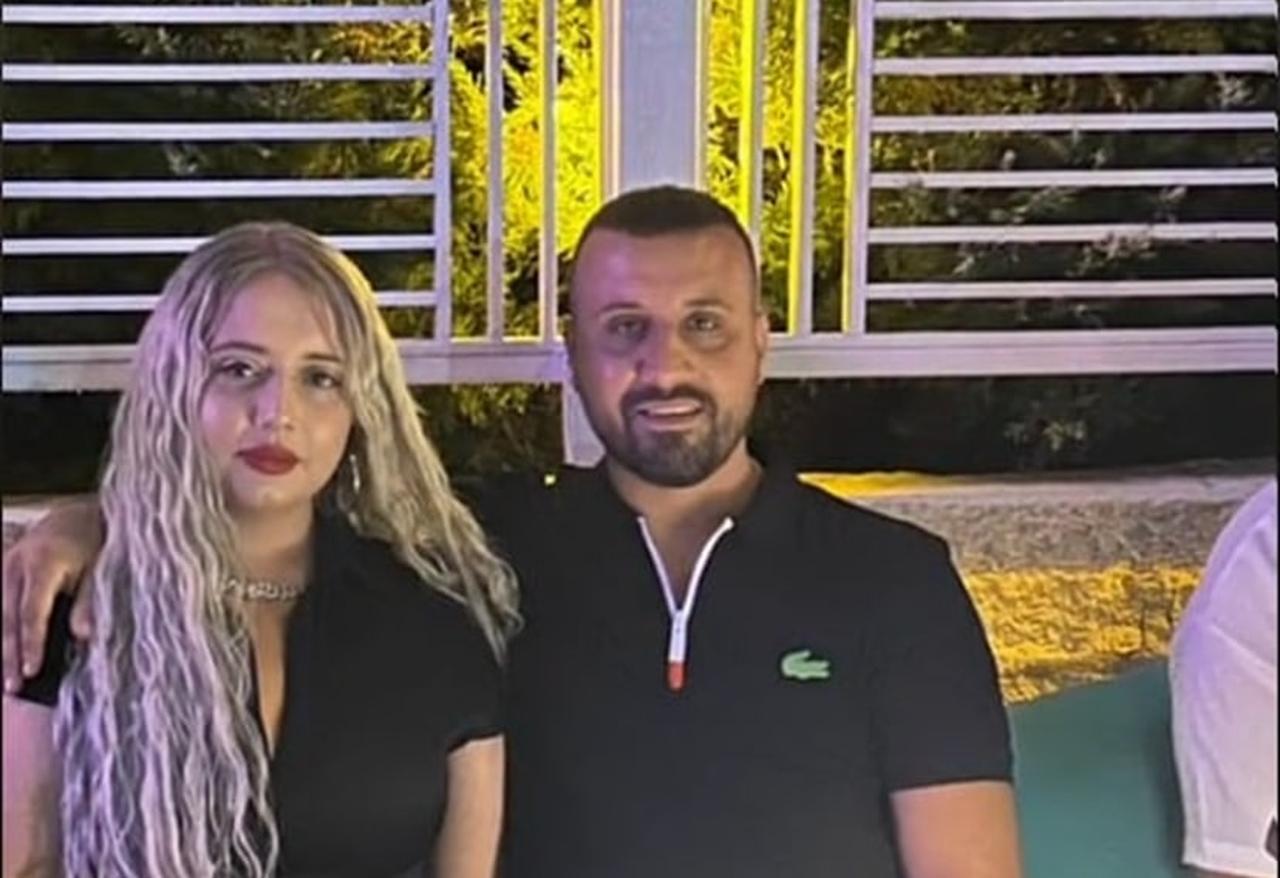
Gulec argues that “Daltonlar” are not a simple offshoot of Baris Boyun. He describes courtroom scenes where alleged members of different clusters clashed, suggesting separate chains of command. He says Boyun has drawn various groups—including “Camgozler”—under his umbrella, while his rise followed earlier figures such as Bilal Yaman. He adds that the ongoing feud with “Sarallar” has spilled abroad, and alleges that traditional mafia structures sometimes subcontract violence to such street crews.
While still a minority, women appear in operational roles, Gulec says. He cites Gizem Karamelek, who, according to an indictment, allegedly planted a GPS device on a rival leader’s car. Activists told him young women also show up in street-level dealing.
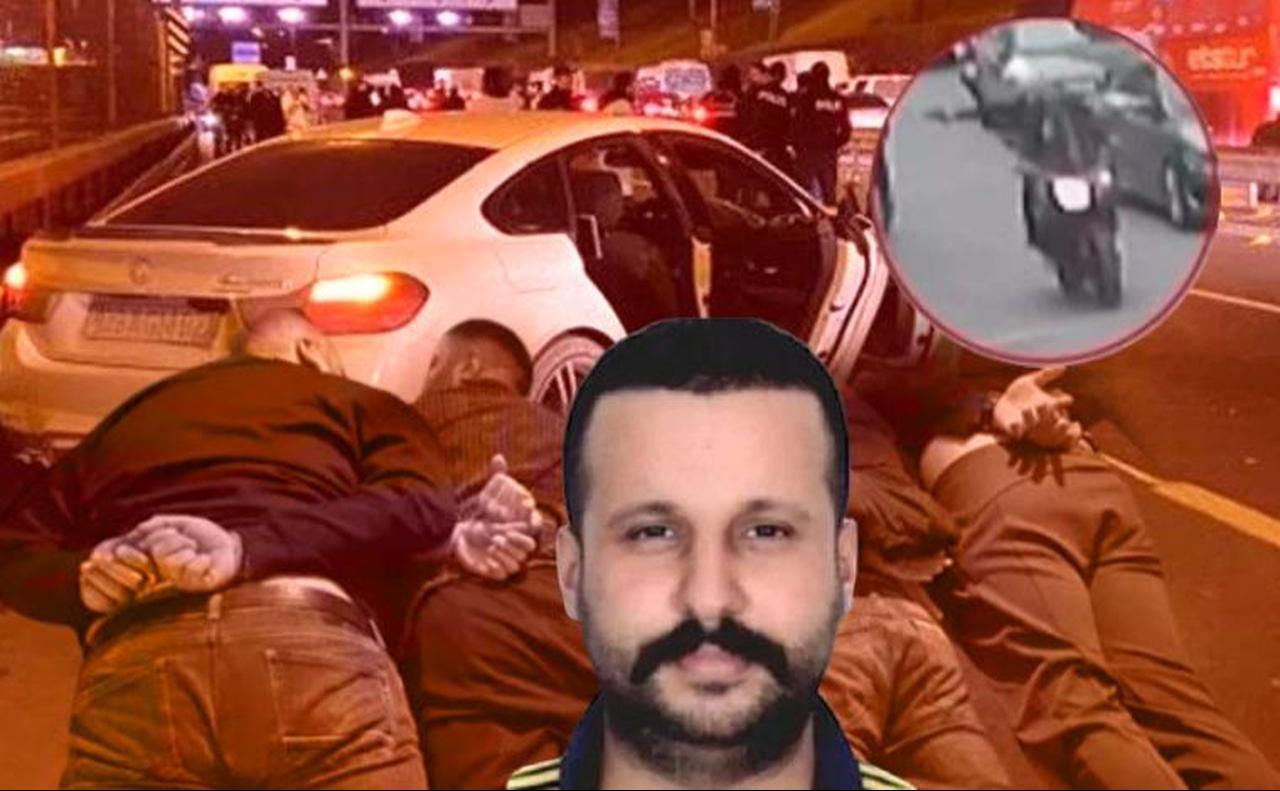
Gulec lists “Daltonlar,” “Redkitler” and “Casperlar,” led respectively by figures tied to Berat Can Gokdemir, Ferhat Delen (who uses the name Ferhat Mardin) and Ismail Atiz (Hamus).
He says football fan networks have become useful channels for recruitment and branding—even scarves printed with “Daltonlar.”